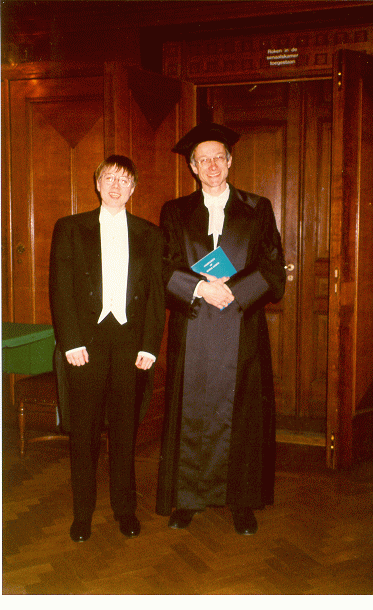PS-File
PDF-File
Bibtex Entry

Department of Computer Science
Rochester Institute of Technology
102 Lomb Memorial Drive
Rochester, NY 14623-5608
eh@cs.rit.edu
www.cs.rit.edu/~eh
Motivated by description logics, we investigate what happens to the complexity of modal satisfiability problems if we only allow formulas built from literals, conjunction, diamonds and boxes. Previously, the only known result was that the complexity of the satisfiabili ty problem for K dropped from PSPACE-complete to coNP-complete (Schmidt-Schauss and Smolka 1991), (Donini et al. 1992). In this paper we show that not all logics behave like K. In particular, we show that the complexity of the satisfiability problem with respect to frames in which each world has at least one successor drops from PSPACE-complete to P, but that in contrast the satisfiability problem with respect to the class of frames in which each world has at most two successors remains PSPACE-complete. As a corollary of the latter result, we also solve the one missing case from the complexity classification of description logics in (Donini et al. 1997).